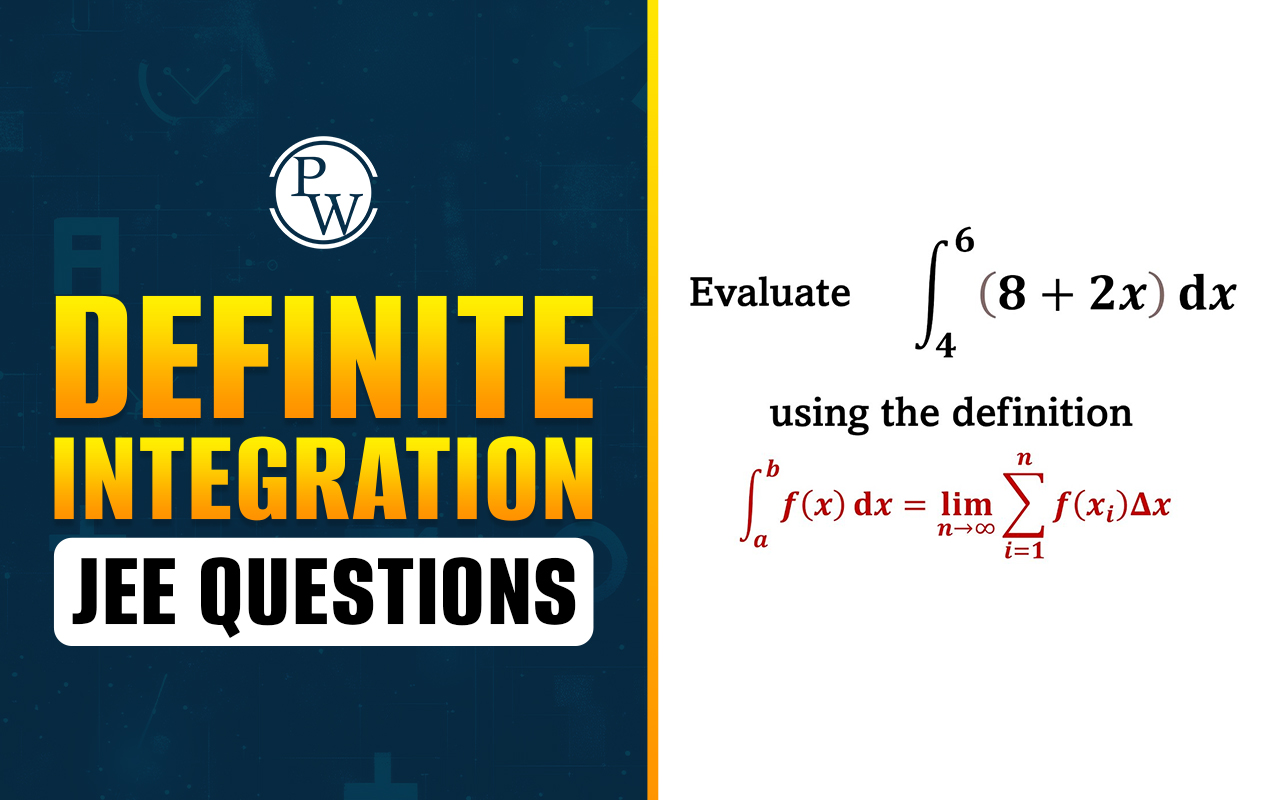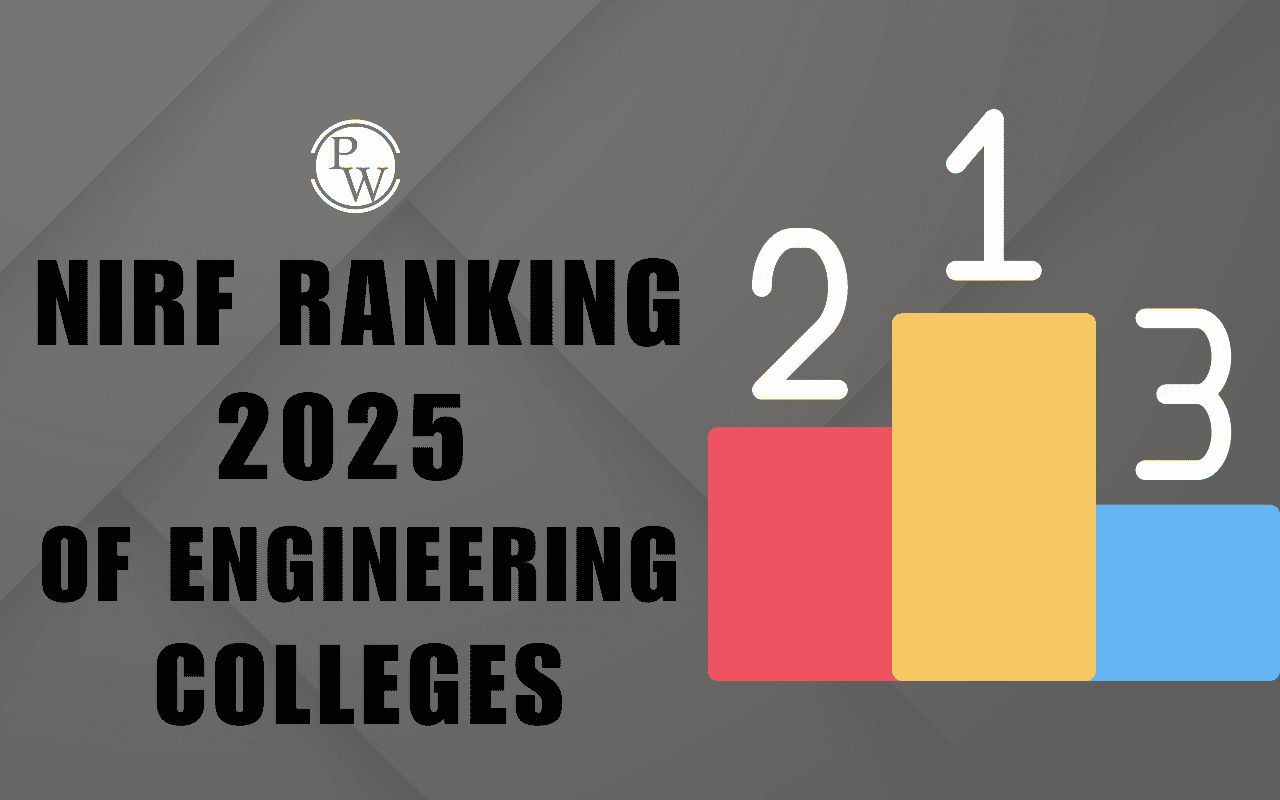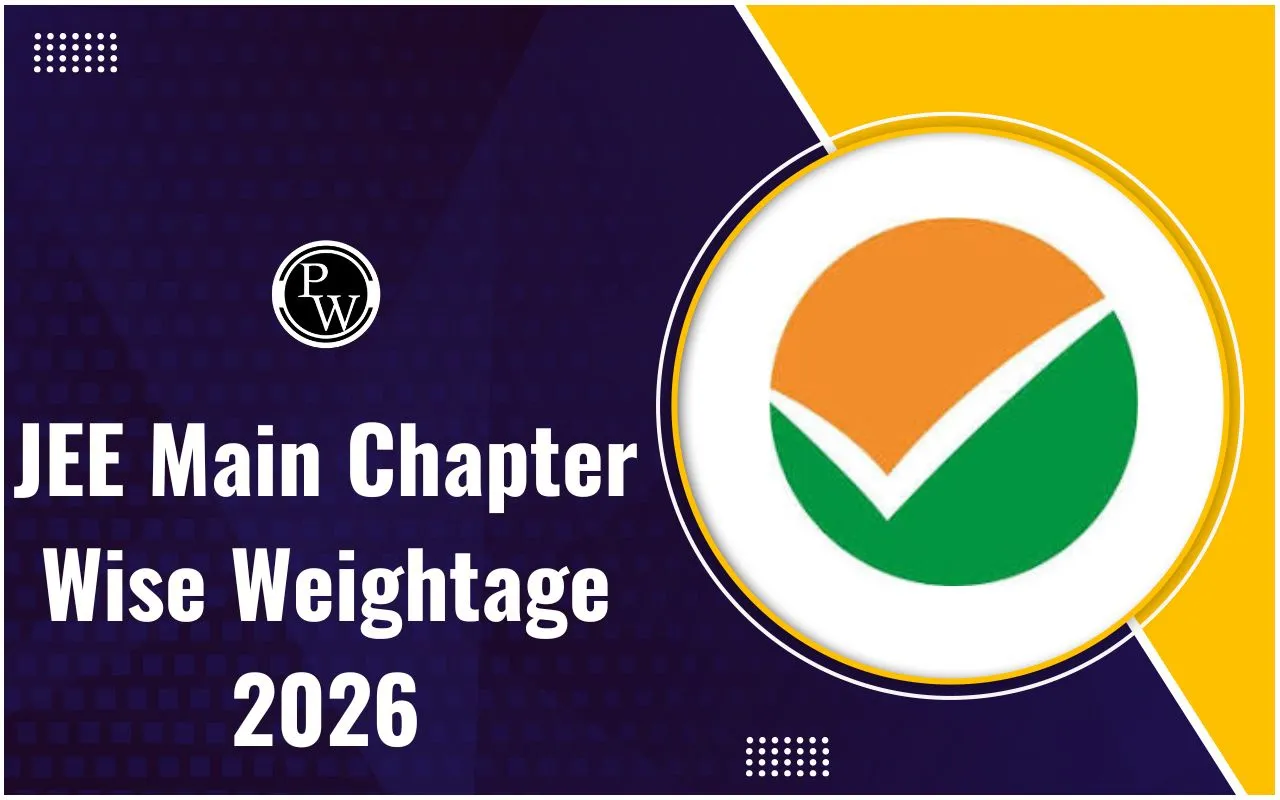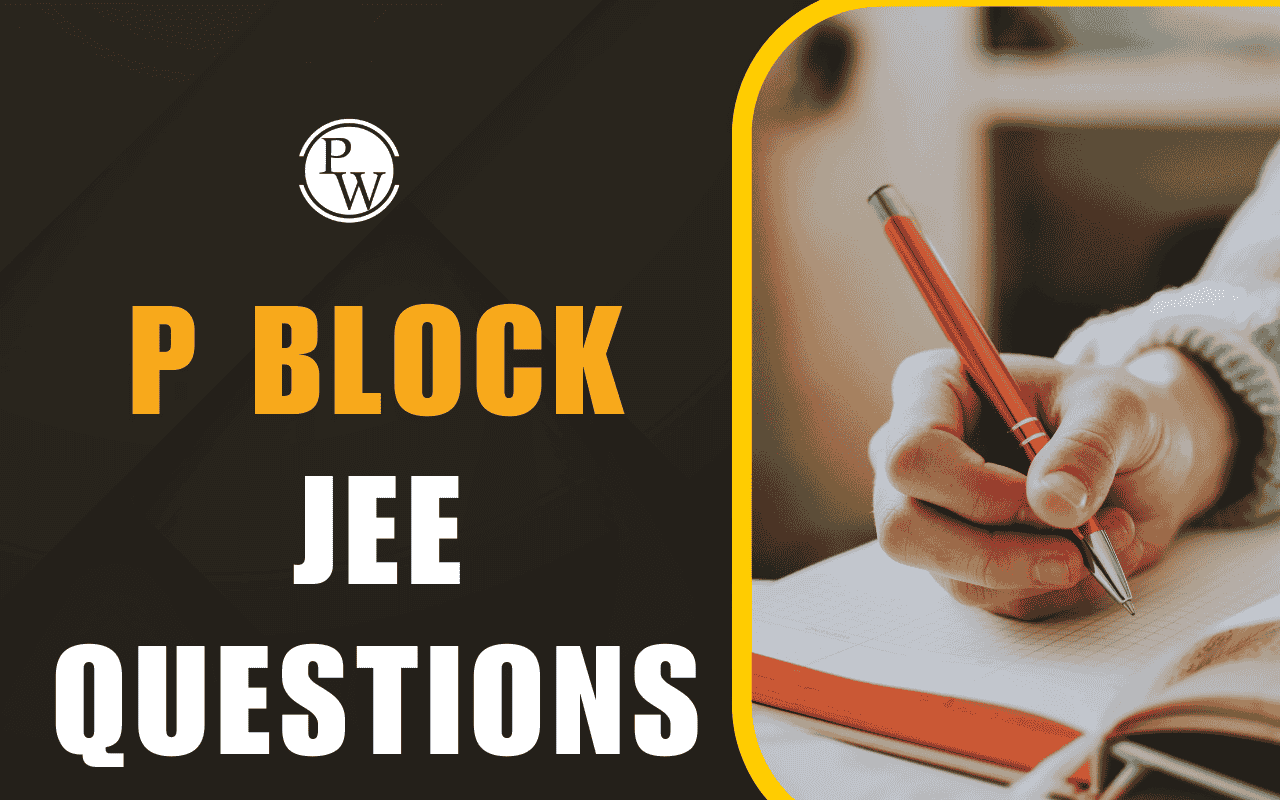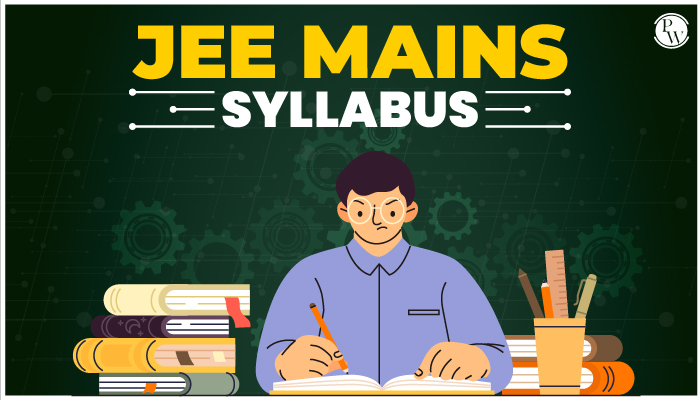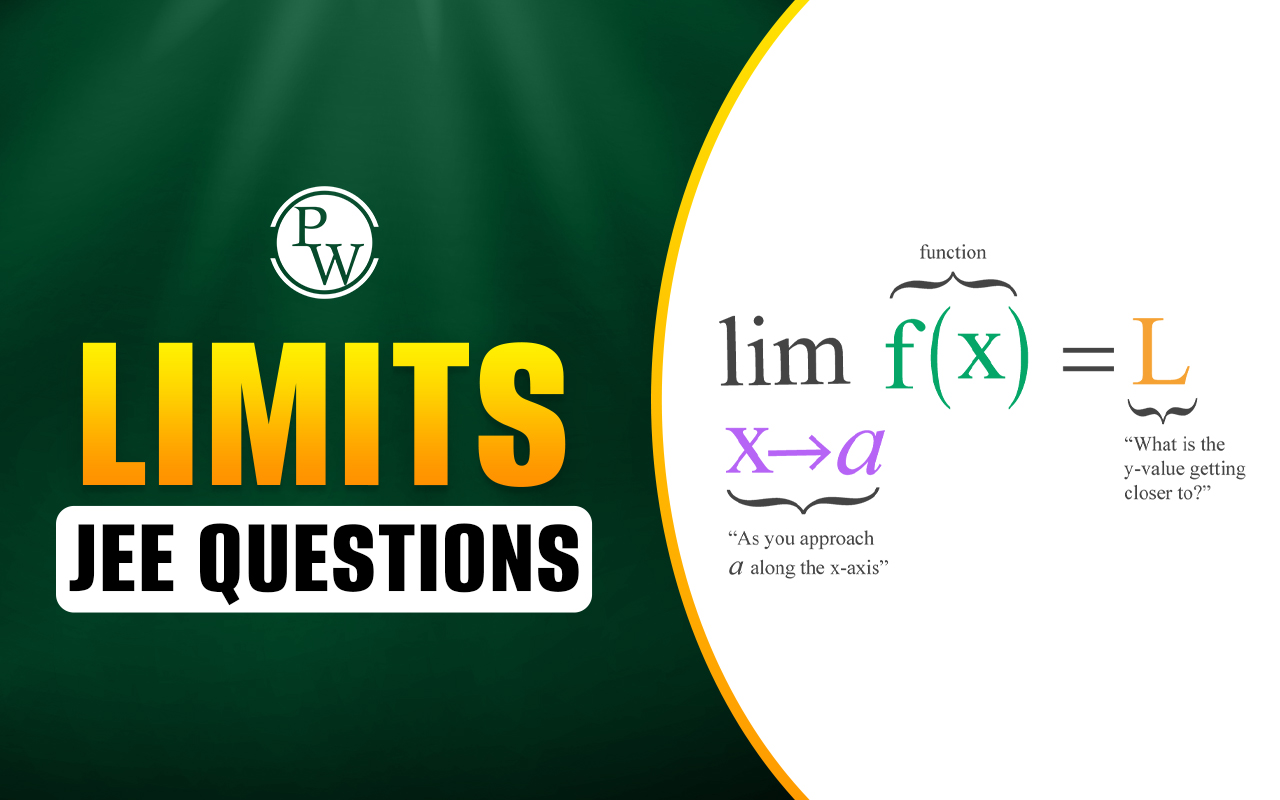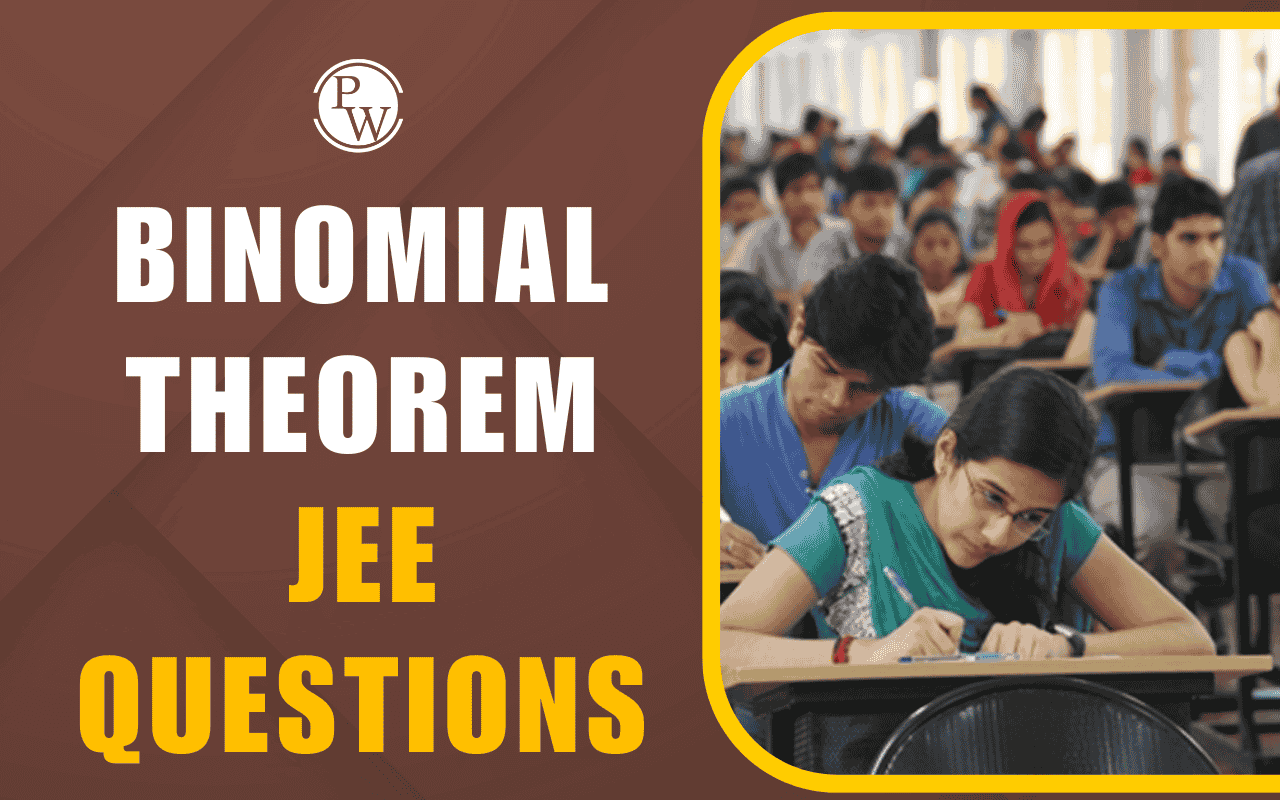

Low Weightage Physics Topics for JEE Main 2025 Session 2: With the JEE Main 2025 Session 2 examination starting on April 2, 3, 4, 7, 8, and 9, many aspirants are looking for ways to manage their preparation effectively. Physics, being a vast subject, often feels tough, especially when time is limited. Identifying and covering low-weightage topics along with high-scoring ones smartly can reduce the burden, which may result in securing a good percentile.
An analysis of previous JEE Main question papers shows that some topics, such as work, power, and energy; circular motion; EMI; and fluids, have a lower weightage compared to others. While these low-weightage physics topics for JEE Main 2025 Session 2 may carry fewer marks, they are still worth covering as they can help improve overall scores without taking much time.
What Are the Low Weightage Physics Topics for JEE Main 2025 Session 2?
As JEE Main 2025 Session 2 is just around the corner, students need to balance their preparation between high- and low-weightage topics. While some chapters from the JEE Main Physics Syllabus do not carry high marks, they should not be ignored completely.
A good strategy is to study these topics alongside more important concepts, formulas, and frequently asked questions. This way, aspirants can tackle even the lower-mark questions confidently, knowing that every mark counts towards their overall score. Based on previous exam trends, the following Physics topics in JEE Main usually have only one or no questions:
-
One such topic is Circular Motion, which carries around 3.3% to the Physics section. Since it is related to Newton’s laws and rotational motion, students should revise important formulas and concepts without going into deep problem-solving.
-
Similarly, Electrostatics has low weightage, with only one expected question. While it is an important chapter, students can focus on basic definitions, properties of charges, and simple formula-based questions instead of complex derivations.
-
Electromagnetic Waves is another topic that generally appears with just one question in the exam. It is mostly theoretical, so revising wave properties, types of electromagnetic waves, and their uses should be enough.
-
Elasticity, which deals with stress, strain, and modulus of elasticity, is also a less-weightage chapter. One question is expected from this topic, so students can focus on basic formulas and definitions without spending too much time.
-
Kinematics is a fundamental chapter, but it has lower weightage in JEE Main. Since it carries about 3% of the total marks, revising motion equations, projectile motion, and relative velocity is enough. There is no need to practice too many complex numerical problems.
-
Another low-weightage Physics topic is Work, Energy, and Power, which has around 3% weightage to the exam. This chapter is linked to mechanics, so students should focus on key formulas like the work-energy theorem and power calculation.
-
Gravitation may or may not appear in the exam, and if it does, it usually contributes about 2%. Students can revise Newton’s law of gravitation, escape velocity, and orbital motion instead of spending time on detailed derivations.
-
Oscillations and Waves also have low weightage, with only one expected question. Instead of studying everything in detail, students should focus on simple harmonic motion, wave properties, and basic formulas.
-
Capacitors, a subtopic of electrostatics, is another low-weightage chapter. One question is expected from this topic, so a quick revision of capacitance, energy stored in capacitors, and series-parallel combinations should be enough.
-
Electronic Devices, which include semiconductors, diodes, and logic gates, generally contribute about 3% to the Physics section. Since it is a theoretical chapter, applicants can cover it by understanding key concepts without solving too many numerical problems.
By covering these low-weightage Physics topics for JEE Main 2025 Session 2 efficiently, one can maximize their score without wasting too much time. Prioritizing high-scoring topics while giving limited but focused attention to these less-weighted chapters will help in better time management and scoring high marks.
How to Score 85+ Marks in JEE Main 2025 Session 2 Physics Section?
Scoring 85+ marks in the Physics section of JEE Main 2025 Session 2 requires smart preparation with a focus on high-weightage topics like Modern Physics, Mechanics, and Electrodynamics while also covering low-weightage chapters efficiently. Instead of spending time on less important areas, students should strengthen their understanding of important concepts and practice solving questions based on them. Some of the tips on how to score 85+ marks in the JEE Main 2025 Session 2 Physics section are given below:
Start with High-Weightage Physics Chapters for Better Scores
Covering high-weightage Physics chapters first help students focus on the most scoring topics before moving on to less important ones. Some of the key topics that contribute significantly to the Physics section are listed below:
-
Modern Physics: Topics like the dual nature of matter, the photoelectric effect, and Bohr’s model are frequently asked in JEE. These concepts are straightforward and formula-based and carry around 10% of weightage.
-
Mechanics: Important topics such as rotational motion, gravitation, and the work-energy theorem require strong conceptual understanding and problem-solving skills. These are commonly tested with numerical problems and have a weightage of around 10%.
-
Electrodynamics: Electromagnetic induction and alternating current are among the most asked concepts in the Physics section of JEE Main 2025. Understanding the fundamental laws and practicing related numerical questions can boost scores, as they are expected to carry around 8% of the weightage.
-
Thermodynamics: Laws of thermodynamics and heat transfer are simple but high-scoring topics as they have around 8% of weightage. A clear understanding of concepts and standard formulas can help answer direct application-based questions.
- Optics: Ray optics and wave optics include both theoretical and numerical questions. Diagrams and visualization of light behavior in different mediums make this topic easier to understand. Optics is expected to carry around 6% of total weightage in the upcoming JEE Main 2025 Session 2 Physics section.
Do Not Skip Low-Weightage Physics Topics to Score 85+ Marks in JEE Main April 2025 Attempt
While low-weightage Physics topics may not have a big impact individually; they still contribute to the overall score. Instead of skipping them entirely, students can revise these chapters efficiently by focusing on formulas, basic concepts, and previous years' questions.
-
Circular Motion, Electrostatics, and Capacitance: Questions from these chapters are simple and formula-based and are expected to carry around 3 to 3.3% weightage. So, a quick revision of key formulas can help answer the questions based on this topic without spending much time.
-
Electromagnetic Waves and Elasticity: Mostly theoretical, these topics require minimal preparation as they usually have a weightage of 3.3%. A basic understanding of their principles is enough to attempt related questions.
-
Kinematics, Work-Energy-Power, and Gravitation: Though their weightage is low, around 2 to 3%, these concepts are linked with Mechanics, making them useful for solving multiple types of questions in the exam.
-
Oscillations and Waves, and Electronic Devices (3%): These topics are simple and mostly theoretical. A quick revision of definitions and applications is enough.
JEE Main 2025 Session 2 is the final attempt for aspirants to become eligible for JEE Advanced 2025 and admissions to NITs, IIITs, and other top institutes. While focusing on high-weightage chapters is essential, low weightage Physics topics for JEE Main 2025 Session 2 should not be overlooked, as they can contribute to improving the overall score with less effort.
For students preparing for the upcoming JEE exams, PW Power Batch for JEE offers interactive live classes and adaptive practice sessions to help strengthen their preparation. With online & offline tests and personalized academic support, this batch provides structured, exam-focused guidance, making sure that students cover all important topics effectively.
Low Weightage Physics Topics For JEE Main FAQs
Q.1. Why should I study low weightage Physics topics for JEE Main 2025 Session 2?
Q.2. What are the low-weightage Physics topics expected in JEE Main 2025 Session 2?
Q.3. Can I skip low-weightage Physics topics while studying for the JEE Main April attempt?
Q.4. Can I score 85+ marks in the Physics section of JEE Main 2025 Session 2 with 15 days of preparation?





